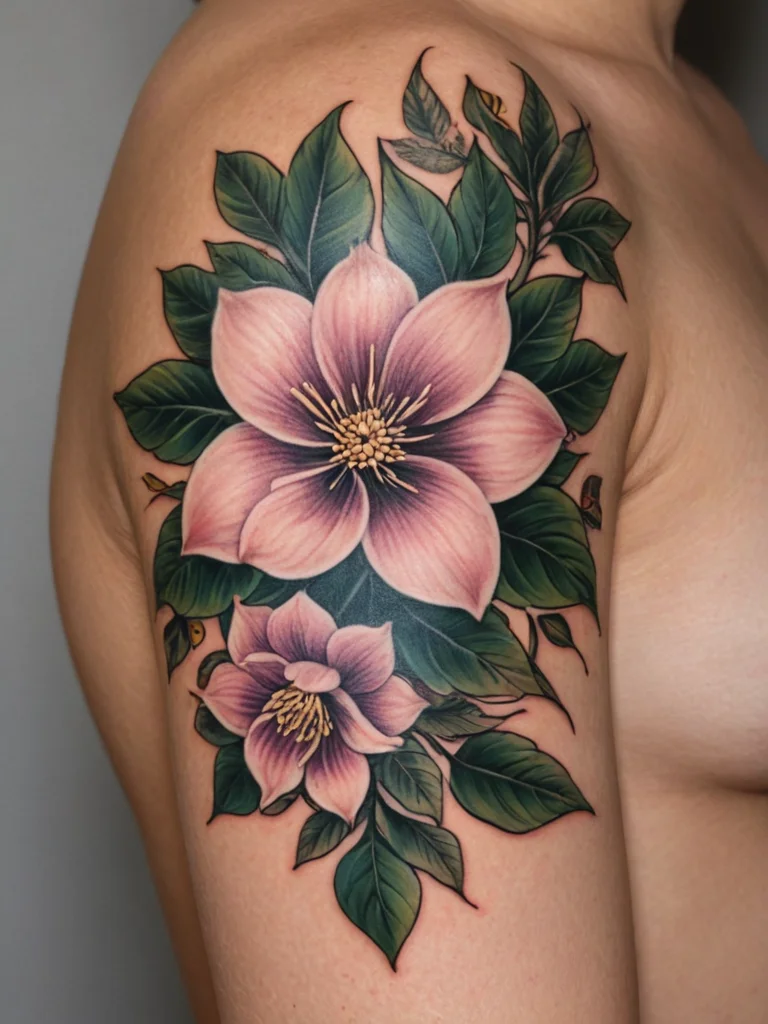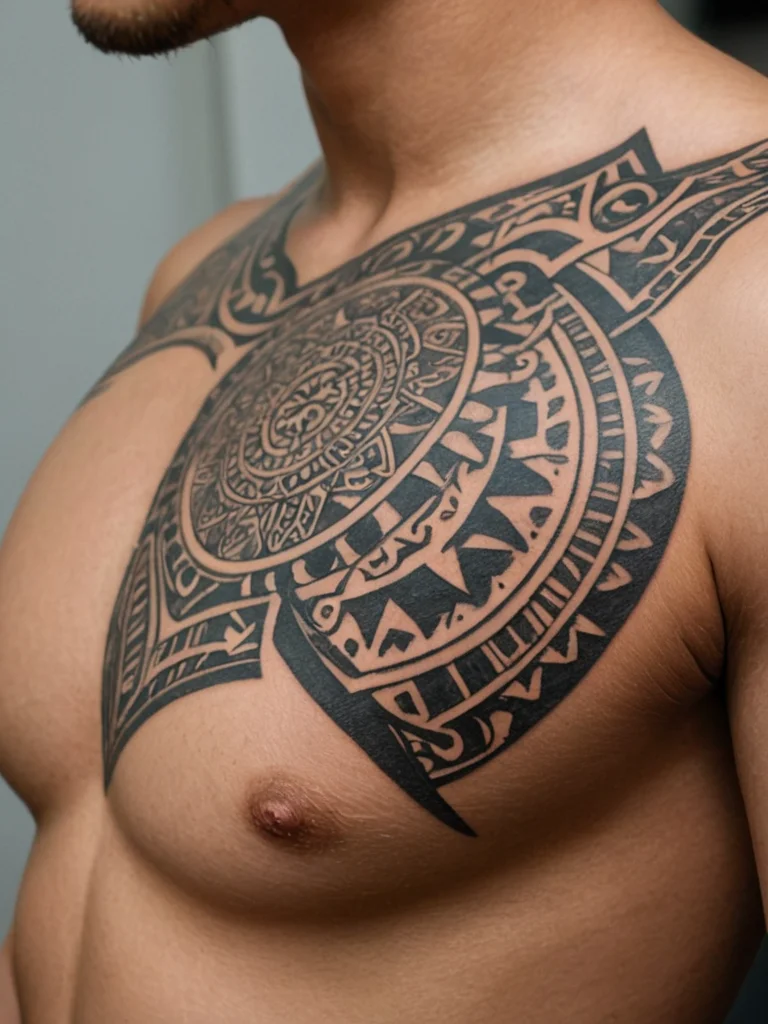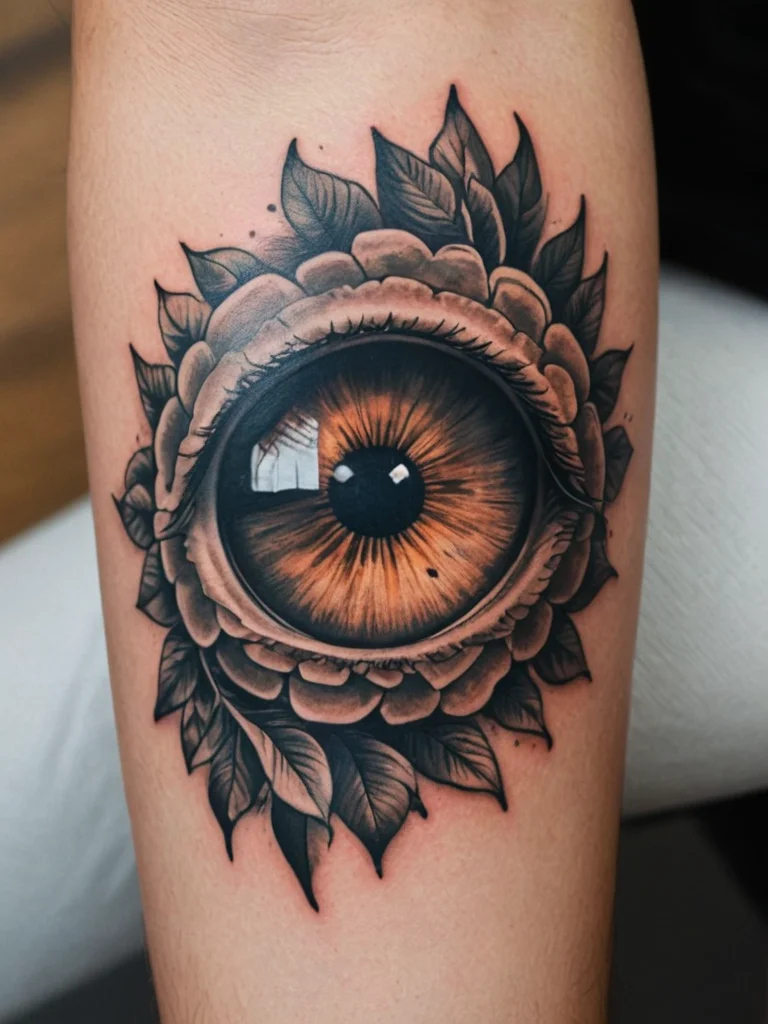The allure of a new tattoo is undeniable. It’s a form of self-expression, a piece of art permanently etched onto your skin, carrying personal meaning or simply aesthetic beauty. As you contemplate your next piece or your very first, the decision of where to get it done is paramount. While budget can be a factor, and perhaps a friend knows someone who “does tattoos on the side,” it’s crucial to understand that choosing an unlicensed tattoo artist carries significant risks. Tattooing is not merely a hobby; it is a skilled trade that requires adherence to strict health and safety protocols. Licensed professionals have undergone training, adhere to regulations, and operate in sterile environments to protect both themselves and their clients. Ignoring these standards can lead to serious health consequences, legal issues, and a tattoo that you may deeply regret. This article delves into why prioritizing a licensed, reputable artist is not just a recommendation, but a necessity for your well-being and the integrity of your body art.
Why choosing a licensed tattoo artist matters: protecting your health and art

The world of tattooing, while vibrant and expressive, operates within a framework designed to ensure safety and quality. A licensed tattoo artist is one who has met specific educational requirements, passed examinations, and obtained official authorization from a governing body, typically a state or local health department. This licensing is not a mere formality; it’s a certification that the individual understands and adheres to crucial health, safety, and sterilization standards. These standards are in place to prevent the transmission of bloodborne pathogens and other infections, ensuring that the equipment used is properly sterilized, and that the working environment is hygienic. When you choose a licensed artist, you are choosing a professional who has demonstrated a commitment to these vital practices. They are knowledgeable about cross-contamination, proper disposal of sharps, and the use of single-use needles and tubes. Furthermore, licensed artists are often members of professional organizations, which further reinforces their dedication to ethical practices and continuous learning. This commitment extends to the quality of the art itself. Licensed artists typically invest in high-quality inks and equipment, and their skill set is honed through formal apprenticeship and ongoing practice. They understand skin anatomy, color theory, and advanced tattooing techniques, which translates into a better, more lasting tattoo. Conversely, an unlicensed artist may lack the necessary training, understanding of hygiene, and access to quality materials, putting your health and the aesthetic outcome of your tattoo at serious risk.
Beyond the price tag: uncovering the hidden dangers of unlicensed tattooing

It can be tempting to opt for a cheaper tattoo from someone operating outside the regulated system. Perhaps they offer a lower price, or maybe the convenience of an informal setting appeals to you. However, this initial cost saving can quickly escalate into much larger expenses and complications down the line. The hidden dangers associated with unlicensed tattooing are multifaceted and can have long-lasting repercussions. One of the most immediate concerns is the significantly higher risk of infection. Unlicensed practitioners may not have access to medical-grade sterilization equipment, or they may not be properly trained in its use. This means that needles, tubes, and other equipment could be reused without adequate sterilization, creating a breeding ground for bacteria, viruses, and other pathogens. The inks they use might also be of dubious quality, potentially containing harmful chemicals that can cause severe allergic reactions or long-term toxicity. Beyond the physical health risks, there’s also the potential for substandard artistry. While some individuals may possess natural talent, the lack of formal training means they might not understand the principles of good tattoo design, proper placement, or how ink interacts with different skin types. This can result in faded lines, blowouts (where ink spreads under the skin), uneven coloring, and designs that don’t age well. Scarring is another significant risk. Improper technique, such as digging too deep into the skin or using blunt needles, can lead to permanent scarring, even after the initial wound has healed. The psychological impact of a poorly executed tattoo can be profound, leading to regret, low self-esteem, and the added expense and pain of cover-ups or removal. Therefore, viewing the cost of a licensed artist as an investment in your health, safety, and the quality of your permanent body art is essential.
What are the health risks? infections, allergic reactions, and scarring explained
The potential health risks associated with getting tattooed by an unlicensed individual are numerous and can range from minor discomfort to life-threatening conditions. Foremost among these is the risk of infection. Unlicensed artists may not follow proper sterilization protocols, leading to the transmission of bloodborne pathogens such as Hepatitis B, Hepatitis C, and HIV. These viruses can be spread through contaminated needles or equipment that hasn’t been properly cleaned and sterilized. Even if not bloodborne, bacterial infections can occur at the tattoo site if the equipment or the artist’s hands are not clean, or if the ink itself is contaminated. Symptoms of infection can include redness, swelling, increased pain, pus formation, fever, and chills. In severe cases, these infections can spread to the bloodstream, leading to sepsis, a life-threatening condition. Allergic reactions are another significant concern. Tattoo inks contain various pigments and chemicals. While licensed artists use inks that are regulated and tested for safety, unlicensed practitioners might use industrial-grade inks or diluted inks that contain allergens or toxic substances. These can trigger allergic reactions manifesting as rashes, itching, hives, or even anaphylaxis in rare, severe cases. The reaction might not be immediate, sometimes appearing days or weeks after the tattoo. Scarring is an unfortunate, but often preventable, outcome of poor tattooing practices. An unlicensed artist may lack the precision and knowledge of skin depth, leading to over-working the skin. This means going too deep with the needle, which can cause significant trauma to the skin layers, resulting in raised, keloid scars, hypertrophic scars, or permanent indentation marks that detract from the appearance of the tattoo and can be difficult to cover or treat. Moreover, the process of healing an infected or improperly tattooed wound is often more painful, takes longer, and increases the likelihood of permanent skin damage. It’s a gamble with your body’s health that simply isn’t worth taking when safe, regulated options are available.
Legal and ethical ramifications: what you need to know about unlicensed practices
Beyond the immediate health concerns, engaging with unlicensed tattoo artists carries legal and ethical implications for both the artist and the client. In most jurisdictions, tattooing is a regulated profession. This means that operating as a tattoo artist without a license is illegal. Licensed artists are required to undergo health and safety training, which often includes bloodborne pathogen training, ensuring they understand how to prevent the spread of disease. They are also subject to inspections of their workspace to ensure it meets sanitary standards. When you choose an unlicensed artist, you are potentially participating in an illegal activity. This could have consequences, though typically regulatory bodies focus on the unlicensed practitioner rather than the client. However, it’s important to be aware of the legal framework. The ethical considerations are also significant. Licensed artists and studios operate with a professional code of conduct. They invest in their education, maintain sterile environments, carry insurance, and pay taxes. They are accountable for their work through their licensing. Unlicensed artists bypass all these responsibilities. They do not contribute to the regulated industry, and they do not offer the same level of accountability. If something goes wrong—an infection, a botched tattoo, an allergic reaction—you have very little recourse. There is no official body to complain to, no license to revoke, and often no easily traceable business to hold responsible. This lack of accountability means they can operate with impunity, putting clients at risk without fear of professional consequences. Furthermore, using unlicensed services can undermine the legitimate tattoo industry, which strives for professionalism, safety, and artistic integrity. Supporting licensed professionals ensures that the art form continues to evolve responsibly and safely.
How to verify licensing and find a safe, reputable tattoo artist

Finding a skilled and safe tattoo artist is a journey, and the first step is always verifying their credentials. The process of finding a reputable, licensed tattoo artist is about due diligence and informed decision-making. Most states and many municipalities require tattoo artists to be licensed. You can usually check the licensing status of an artist or studio through your local or state health department’s website. Many health departments maintain searchable databases of licensed professionals. Don’t hesitate to ask the artist or the studio directly about their licensing and the licensing of their artists. A reputable studio will be transparent about this information and proud to share it. Beyond licensing, look for artists who are willing to discuss their sterilization procedures. They should be able to explain their use of autoclaves (sterilization machines), single-use needles, and proper disposal of sharps. The studio itself should be visibly clean and well-lit, with separate areas for tattooing, sterilization, and consultation. Personal hygiene of the artist, such as wearing gloves and washing hands frequently, is also a critical indicator. Portfolio review is essential. Look at an artist’s body of work. Does their style match what you are looking for? Is the quality consistent across different clients and designs? Pay attention to the crispness of the lines, the smoothness of the shading, and the vibrancy of the colors. Online reviews and testimonials can offer valuable insights, but always cross-reference them with other sources and trust your instincts. Word-of-mouth referrals from trusted friends who have had positive experiences are also excellent starting points. Ultimately, the safest and most rewarding approach is to invest your time and money in a licensed professional who prioritizes your health, safety, and artistic satisfaction. Your body is a canvas, and it deserves the highest standard of care and artistry.